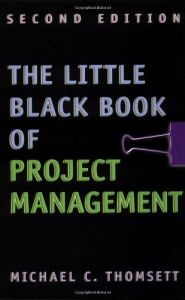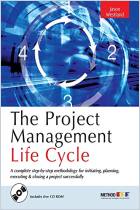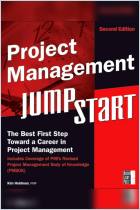Join getAbstract to access the summary!

Join getAbstract to access the summary!
Michael C. Thomsett
The Little Black Book of Project Management
AMACOM, 2002
What's inside?
Navigate the minefield of project management with this manual in hand.
Recommendation
When a major project falls into your lap, one thing is certain: When it's over, your reputation in your organization will be either a lot better or a lot worse, based on how the project turns out. Michael Thomsett covers all the bases you'll need to hit to manage a project successfully, one of the most daunting tasks managers face. He stuffs an impressive amount of information into 205 pages, although at times the text reads as if it is also the product of a flowchart diagram. Thomsett views project management as more science than art, insisting, for example, that project managers should not build a "fudge factor" or float into their budgets. This advice overlooks the unscientific impact that exceeding your budget can have on your career. getAbstract recommends reading this little black book before you start your next project.
Summary
About the Author
Michael C. Thomsett has written more than 40 books and 500 articles on business, finance, real estate and project management. He lives in Port Townsend, Washington.



















Comment on this summary